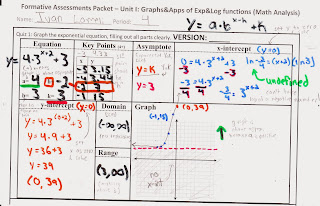Hello my name is Ivan and today we will be solving a polynomial with real and complex roots. This problem is a fourth degree polynomial which we must find the roots for. To begin, we will use
Descartes Rule of Signs to find the number of all the possible positive or negative roots. Following that, you find all the possible real zeroes using the
p's and q's. Now that we have an idea of where to start, we can use synthetic division to find a zero hero using the
Factor Theorem. Our graphing calculator can give us a shortcut to do this, if needed. Once a zero hero is found, that is the first zero and you can continue using synthetic division with the answer row to try the rest of the possible roots until you condense down into a quadratic. From there, you can use the quadratic formula or try to factor it yourself with your favorite method, if possible.
The viewer must pay special attention to the answer they obtain. In the end, there should be four zeroes, since the degree of our polynomial is four. Also, the viewer can find an answer more quick by using a graphing calculator to find a zero hero. To do this, go to "2ND", "CALC", "ZERO", "LFTBOUND", "RTBOUND", and your calculator will yield results. Make sure every step in synthetic division is correct, or else you can miss a valuable zero hero. Pay special attention to fractions because they can be confusing to work with while doing synthetic division.
THANK YOU!









